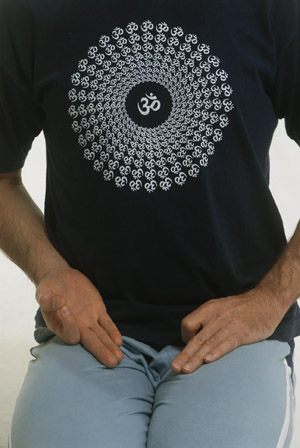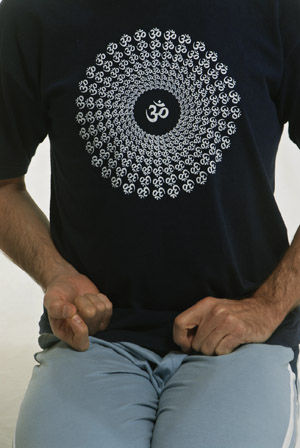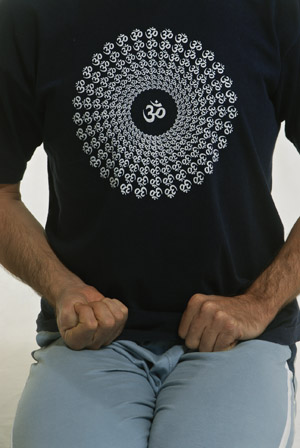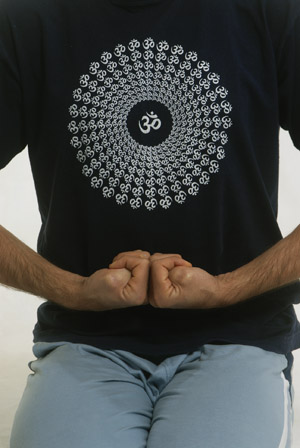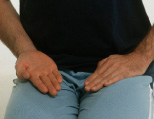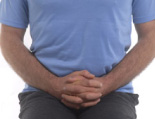[ Excerpt from The Science of Yoga, page 59 ]
Hasta Prana Mudras
From a physiological perspective, by subtly uniting terminal aspects of both the sympathetic and parasympathetic nervous systems, certain neurological functions could be affected by the acts of mudras.
Since each of the three parts of the lungs are controlled by an aspect of the brainstem called the medulla oblongata (apraakasha bindu, in yoga), then it follows that certain mudras can be used to affect (stimulate) the parasympathetic responses of this center.
This respiratory centre of the brain can be divided into 3 parts, each in turn neurologically affecting one of the three lobes of the lungs. The three mudras that affect the different lobes of the lungs are:
- Chin Mudra – affects the lower abdominal area
- Chinmaya Mudra – affects the intercostals (mid) part
- Adhi Mudra – affects the clavicular region
A fourth mudra, Brahma Mudra, brings together all of the terminal aspects of the three and enhances the complete breathing function of the lungs.
The hasta mudras do not present any inherent dangers, as some of the more powerful, advanced mudras may, for one who is not prepared for or adequately trained in their use, and so they present an ideal entry point from which to begin to explore this branch of yoga.
Bear in mind that it takes time to develop the necessary subtle awareness to be able to the effects of a mudra. In the beginning you may feel little if nothing at all with these techniques, so I encourage you to just maintain the position of the mudras during the breathing practices, and continue to pay close attention so that over time you will begin to perceive their effects with increasing distinction.
Note: The photographs for all the hasta mudras show the right hand turned upwards for demonstration purposes only.
Chin Mudra:
This mudra helps gain control of the lower parts of the lungs in adham pranayama. Join the tips of the thumbs and index fingers in as perfect a circle as possible. The other three fingers should be kept parallel to one another. Place the mudra facing downwards on the upper thighs and breathe deeply.
Chinmaya Mudra:
This mudra helps us to breathe better into the middle sections of the lungs in madhyam pranayama. Join the tips of the index fingers and thumbs as in chin mudra and then curl the other three fingers into the palms. Place the mudra facing downwards on the upper thighs and breathe deeply.
Adhi Mudra:
The upper regions of the lungs are especially utilized when we breathe in the adhyam pranayama with the adhi mudra. Close all the four fingers in a fist over the thumb. Place the mudra facing downwards on the thighs and breathe deeply.
Brahma Mudra:
This mudra is used in the performance of complete yogic breathing (mahat yoga pranayama), in which we consciously breathe into each of the different lung sections, in succession. Make both hands into a fist with the thumbs inside the fists (as in adhi mudra). Turn the fists under so that the backs of the hands are facing downwards. Bring the hands together, with the opposing knuckles touching each other, hold them in front of the navel and breathe deeply.
Shunya Mudra:
This mudra is used when one wishes to ‘de-activate’ the breathing centre, or to avoid the neuro-stimulating affects of mudra. It can be used in various pranayama techniques where, for instance, one may wish to stimulate the breathing function of one lung, while conversely inhibiting the other, etc.
Yoga Mudra
Yoga mudra, “the gesture of union,” is performed by clasping the hands together with fingers of the right hand dominant. That is to say that each finger of the right hand is on top, or superior to the corresponding finger of the left hand. Looking down at the interlocked hands, you should see the right thumb crossed over top of the left thumb.
Additionally, the palms should be brought together and the hands placed gently to rest on the upper thighs. This is an introverted gesture that helps to control the senses and their tendency to turn outward. That makes it an ideal placement to return the hands to while relaxing in a seated posture, or during the performance of some simple pranayamas or other yoga techniques.
Note: The term yoga mudra also refers to an advanced position, where in baddha padma asana (bound lotus position) the forehead is lowered to the floor in front.
[Continued...]
---------------------
NOTE: This yoga article is an excerpt from The Science of Yoga, an online yoga training program with streaming yoga videos and 600 pages of step-by-step yoga instruction.
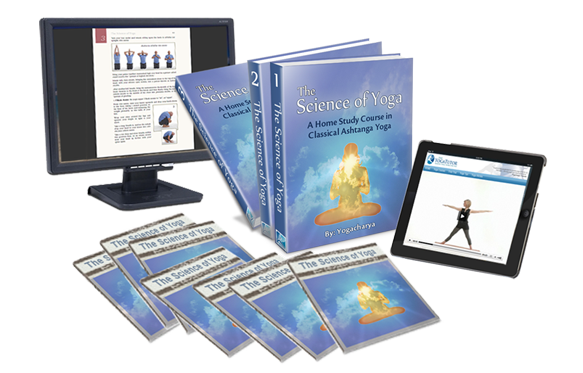
"The Science of Yoga is a course worthy of
leather binding and an honored place in the
finest libraries in the world
... It is indeed a masterful work."
Dr. John Michael Christian
AwakeningWithYoga.com
Learn More About
The Science of Yoga Course
|




